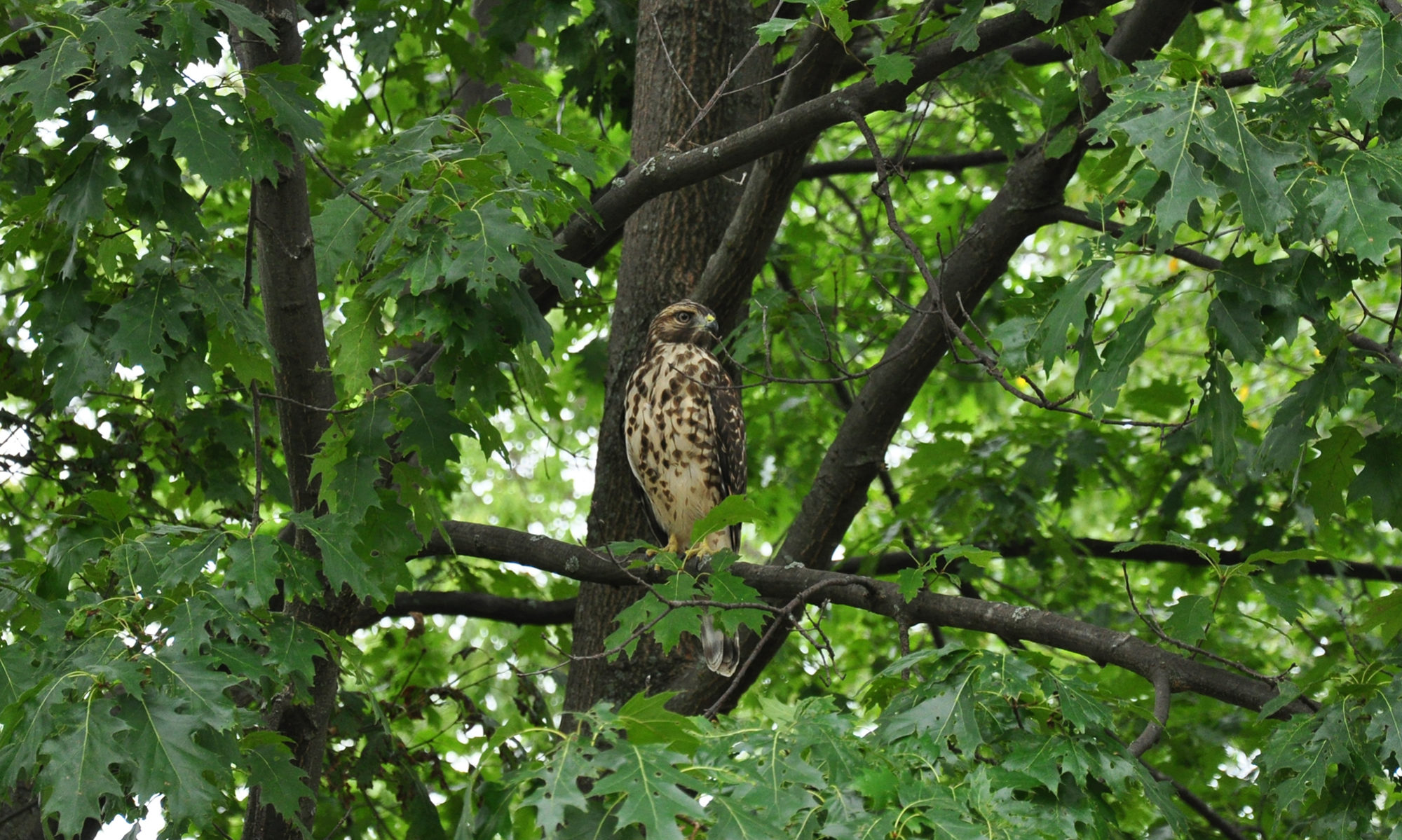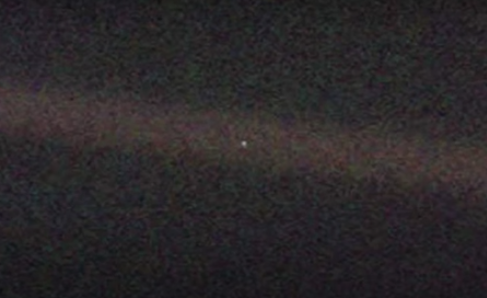To the Howard County Board of Zoning Appeals (BZA):
Mike Imbler, Dick Byrum, Mike Schroeder, Greg Tipton, Russ Hopkins
RE: ENGIE Emerald 1,800 Acre Solar Field Proposal on Prime Farmland
Board Members:
Kokomo, “City of Firsts”: a phrase that has defined this community and this county for more years than any of us alive today can count. From Elwood Haynes to the production lines to our farmers, the people of Howard County have made livings using their hands, hard work, and ingenuity. Occasionally, leaders of Howard County have been called upon to make decisions that will chart the course of the lives of those who have chosen to make this their home now and for many years to come.
In recent years, the responsibility of preserving the quality and integrity of the land upon which we walk and grow crops has entered into the hearts and minds of people everywhere. That we care about these things is not at issue. What we do about them is.
ENGIE is a very ambitious French (not USA) multi-national energy company with tentacles everywhere on the planet. It reportedly operates in 27 European countries and 48 countries worldwide. The tentacles of this company have now found Howard County, Indiana. The BZA Board has been struggling with this intrusion for some time. To date they have denied the Emerald 1,800 acre solar project twice.
Why Howard County? ENGIE has a slick answer repeated verbatim in every agri-acquistion they seek. “ENGIE is looking to be the best local business and neighbor that we can in (Blank County, Blank State.)” “Beyond Clean, renewable energy, the project will create positive economic and quality of life impacts in the region with short and long term employment opportunities as well as tax benefits…”
In truth, ENGIE has locked into a tunnel vision solar strategy called, “utility-scalar solar.” This means ENGIE is converting flat, tillable US acreage into fields of solar panels. Cleverly, ENGIE targets rural communities they know are struggling in these challenging times. Howard County and its rich farmland make ENGIE developers salivate.
However, ENGIE doesn’t live up to its hype. Short term employment is typically outsourced and long term job creation commonly translates to 2 per project.
Howard County residents don’t have direct experience with these solar fields. Ohio residents do. They now live with the 30 year sentence consequences imposed by ENGIE contracts. These include loss of farmland, buzz of solar panels, and an increase in temperature by 5 degrees in the region.
ENGIE doesn’t like to be told “NO.” They are fighting right now to get Miami County judge David Grund to overturn prior denial of its project by the Howard County Board of Zoning Appeals and rule in ENGIE’s favor. And despite their friendly spin, ENGIE CEO of North America, Gwenaelle Avice-Hue, boldly states how ENGIE really views us “…we want to be big in the U.S.. This is a huge playground and a core geography for us strategically”.
Howard County, like many other places in this country and around the world, is faced with two issues: sustainable energy production and food production. If you isolate those concepts and make decisions from an isolated viewpoint, they wind up as competitors. ENGIE is focused on finding places to install sustainable energy and they have selected agriculture land as a target not only here but elsewhere. What they ignore is the competing needs of the world to be fed from the land upon which food is produced.
Do these ideas have to be enemies; do they have to be at war? No. Is there a third way? Yes. Howard County has acreage (brownfields) that has been rendered useless from decisions made in the past or land not suitable for tillage. Perhaps a third way is to build on the non-tillable land and brownfields and to turn them into fields of light energy… and preserve the highly valuable, tillable agriculture land.
The proposed Emerald solar project would remove over 1,800 acres of land from agriculture use for 30 years or even more. By the grace of God, Howard County is blessed with some of the most fertile soils anywhere in the world. This fertility, with its ability to produce abundant crops, would be traded for acres of sterile electric generating solar panels. Capturing land for 30 years is a huge committment given how fast technology and conditions change. That, itself, does not seem wise.
It appears all associated ENGIE resources with justification analysis (cost/benefit analysis) for the Emerald solar project are economists – dollars folks. That is telling. Nowhere is it stated any have a science or agriculture background. The project is viewed for dollars from widgets in and widgets out similar to a manufacturing operation; period. There is no regard for the loss of the biological potential of the soil over many decades. The pitch is for more money now into the pockets of landowners and the county. There may be a time in those 30 or more years when all available tillable land will be needed for food production. There are already food shortages in many countries around the world.
The analysis by the Certified General Appraiser, Richard C. Kirkland, concerning property values is voluminous. He could have easily summarized his findings on one page in one sentence by stating his opinion is there is no negative impact of solar panel fields on the value of any adjacent or nearby property anywhere forever. That’s it. His report is an exercise in extrapolating conclusions from data from the past and places far and wide into the uncertain distant future and into Howard County. This defies common sense.
Another extremely important point is about the solar panels themselves. Communist China is involved in manufacturing more than 80% of solar components worldwide according to the IEA (International Energy Agency-Paris) and reported by Mamun Rashid, CEO of California-based Auxin Solar; one of the few US manufacturers of solar panels. Ask yourself, do we want to support economically the Communist Chinese: enemies of our nation?
Again, if solar electric generation using US manufactured solar panels without Chinese components is something our county and city wants, there are many locations for possible solar generation development as mentioned earlier. There may be more. I ask you consider other locations and continue to deny the proposed 1,800 acre ENGIE Emerald solar panel project in eastern Howard County on productive agriculture land.
Sincerely,
Kent H Blacklidge MS Ph.D.
BS Industrial Management
M S Conservation of Natural Resources and Public Policy
MS Aquatic Toxicology and Fish Biology
PhD Genetics — Purdue

